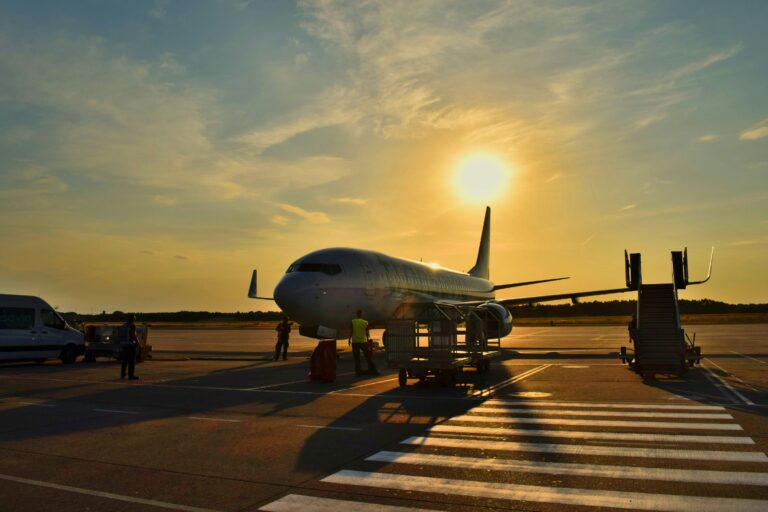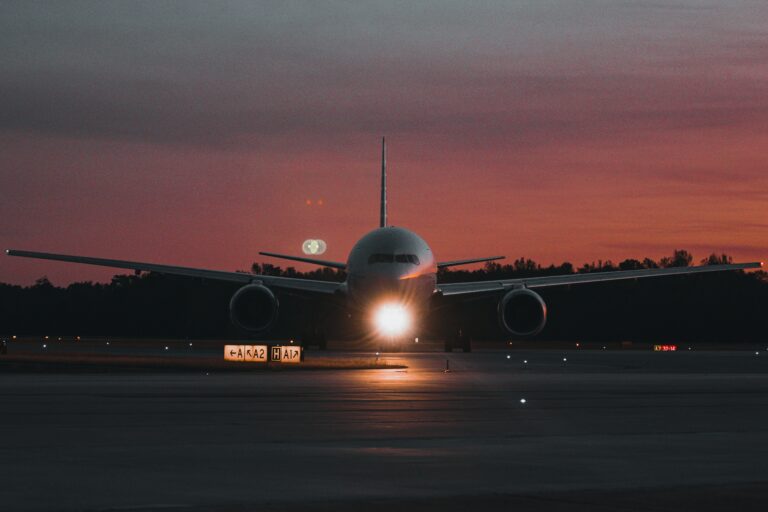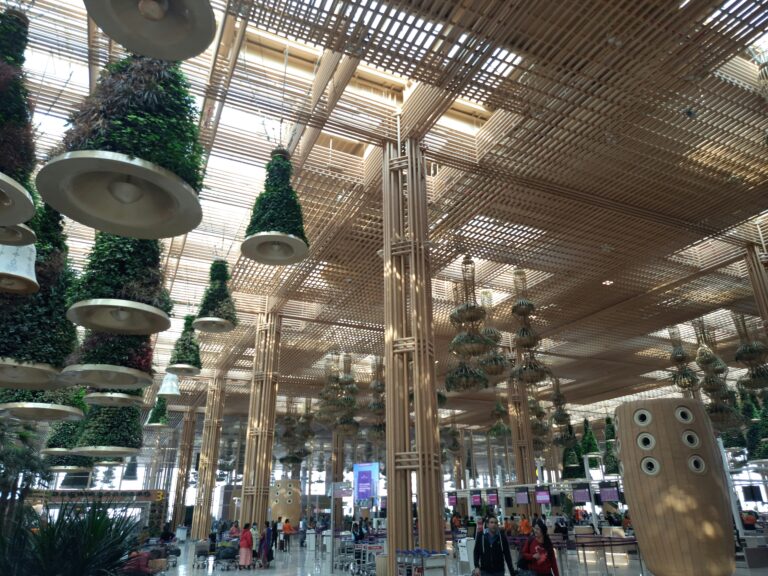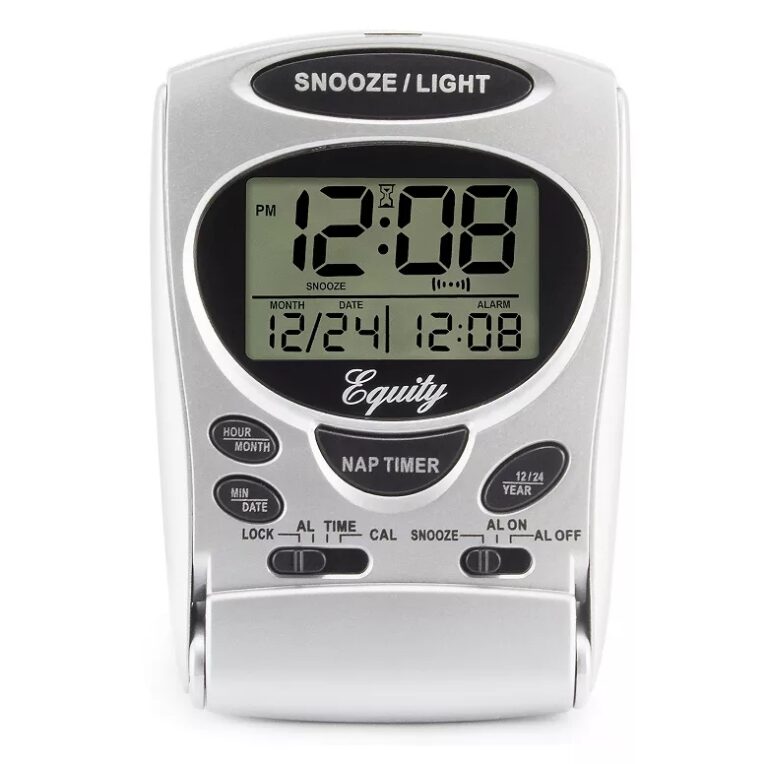Scheduling a flight isn’t just about getting the cheapest fare. It can determine how reliably you arrive, how tired you feel, and whether your travel plans go smoothly or sideways. Here’s a deeper look, based on passenger surveys, expert reports, and industry data, at the absolute worst and the best times to fly.
Sunday Discontent vs Midweek Bliss

A global survey of 10 million travelers across 30 countries by HappyOrNot.com found that Sunday is the most disliked day to fly— with 80.5 percent of passengers reporting a positive experience. In contrast, Wednesday stood out as the most enjoyable day, with 83.5 percent satisfaction. Think about it: on Sunday you’re fighting weekend traffic, crowded airports, and staff transitions. Midweek you get smoother operations and calmer crowds.
Midnight Takeoffs: A Traveler’s Least-Favorite Time
That same survey also identified midnight departures as the least popular, with just 78.3 percent positive feedback, followed by 11 p.m. at 79.1 percent and 10 p.m. at 79.3 percent. Why? Travelers cited airport cleanliness, long lines at baggage claim, and less friendly staff on late-night flights.
If you’re braving a red-eye, a good memory foam neck pillow can make even the worst departure time feel a little more bearable.
Morning Departures at 7 a.m.: A Clear Win
By comparison, 7 a.m. flights earned an 84.5 percent satisfaction rate. And other data supports that claim: flights between 6 a.m. and 7 a.m. arrive on time about 86 percent of the time, compared to a much lower rate—only 66 percent—for late-night departures between 10 p.m. and 11 p.m.
Mornings gain this edge because planes spend the night at the gate, avoiding delays from earlier legs, and weather tends to be calmer early in the day.
To make early departures easier, this compact travel alarm clock is a smart backup when your phone battery’s running low before boarding.
Why Afternoon and Evening Flights Underperform

Flight operators see a rise in cancellations and delays during the afternoon and early evening. U.S. Department of Transportation data shows flight cancellations jump after 3 p.m., peaking at 6–7 p.m. A UK study noted 37 percent of afternoon flights were delayed—more than double the rate of earlier in the day.
By late afternoon, weather builds up, aircraft used earlier can be delayed, and staff fatigue begins to affect performance. These ripples of delay can spread through the system into the evening.
Early or Late: The Trade-offs
According to The Vacationer, flights at 8 a.m. or earlier, and after 9 p.m., offer unique advantages:
- Early flights tend to be less expensive, have better on-time records, and feature fresh crews and cleaner cabins after overnight service.
- Red-eyes depart late and arrive early. They’re often cheap and uncrowded, with fewer delays—though you risk arriving tired.
These “undesirable” hour flights are less in demand, which keeps prices down. They also avoid most typical daytime disruptions.
For peace of mind during late arrivals, a slim RFID-blocking passport holder helps keep your essentials secure when you’re exhausted and less alert.
Worst Windows: 9–11 a.m. & 4–8 p.m.
Data shows the sharpest disadvantages fall in mid-morning (9–11 a.m.) and late afternoon to evening (4–8 p.m.). Those times combine peak demand with accumulating delays. If you’re flexible, you’ll likely land a better experience outside these slots.
That said, these windows do come with benefits—later departures let you sleep in, enjoy airport lounges, or work part of the day. But with a higher chance of delays and higher fares, it’s a trade-off.
Holiday Booking: A Different Game

Flying near Thanksgiving, Christmas, New Year’s, or Labor Day adds more complexity:
- For Thanksgiving, Monday before, the holiday day itself, and the Friday after are best, while Wednesday before and Sunday after are travel nightmares.
- For Christmas, lean toward mid-week before the holiday, Christmas Eve/Day, and December 27 or 29, avoiding the busiest days like the 20th–23rd and near New Year’s Eve.
- For New Year’s travel, travelers are better off leaving on December 28 or 30 and returning January 1 or 4 for smoother trips.
- Labor Day weekends tend to bring record crowds, though airfares may dip slightly if there are no major weather disruptions.
Keeping these dates in mind can help you plan smarter around holiday rushes.
Key Summary Table
Time / Day | Pros | Cons |
7 a.m.–8 a.m. (early morning) | High satisfaction, punctual, cheaper, clean | Requires early wake-up |
Midnight–2 a.m. (late night) | Low cost, fewer crowds, good on-time performance | Can disrupt sleep, leads to tired arrivals |
9 a.m.–11 a.m. & 4 p.m.–8 p.m. | Convenient timing, breakfast or post-work flights | Highest delays, more expensive, busier airports |
Sunday flights | None | Most disliked, crowded, lower satisfaction |
Wednesday flights | Smoother operations, fewer crowds, better fares | Less availability in some markets |
Real Tips for Booking
If you’re aiming for the best chance at a smooth and pleasant trip:
- Fly early in the morning (7–8 a.m.), midweek if it works with your schedule.
- If that isn’t possible, late-night departures can still beat the worst of midday and evening.
- Avoid Sunday flights—they consistently rate the worst.
- Steer clear of 9–11 a.m. and 4–8 p.m. slots if possible—those are the most delay-prone.
- Around holidays, plan your travel day strategically. Depart early, and try mid-week windows for the return.
Choose nonstop flights, travel light with carry-ons, and ideally book directly with airlines to simplify rebooking if something goes wrong.
Final Take
Most difficult time: Midday to evening on weekends or holidays, especially Sundays and peak windows.
Best options: A midweek, early-morning flight around 7 or 8 a.m. It starts your trip on the right foot with fewer delays, better prices, and a more relaxed airport experience.
So next time you’re booking, don’t just look at the fare. Think about your satisfaction rating, and avoid the times rated worst by millions of real passengers.



